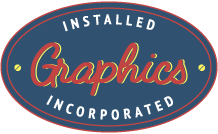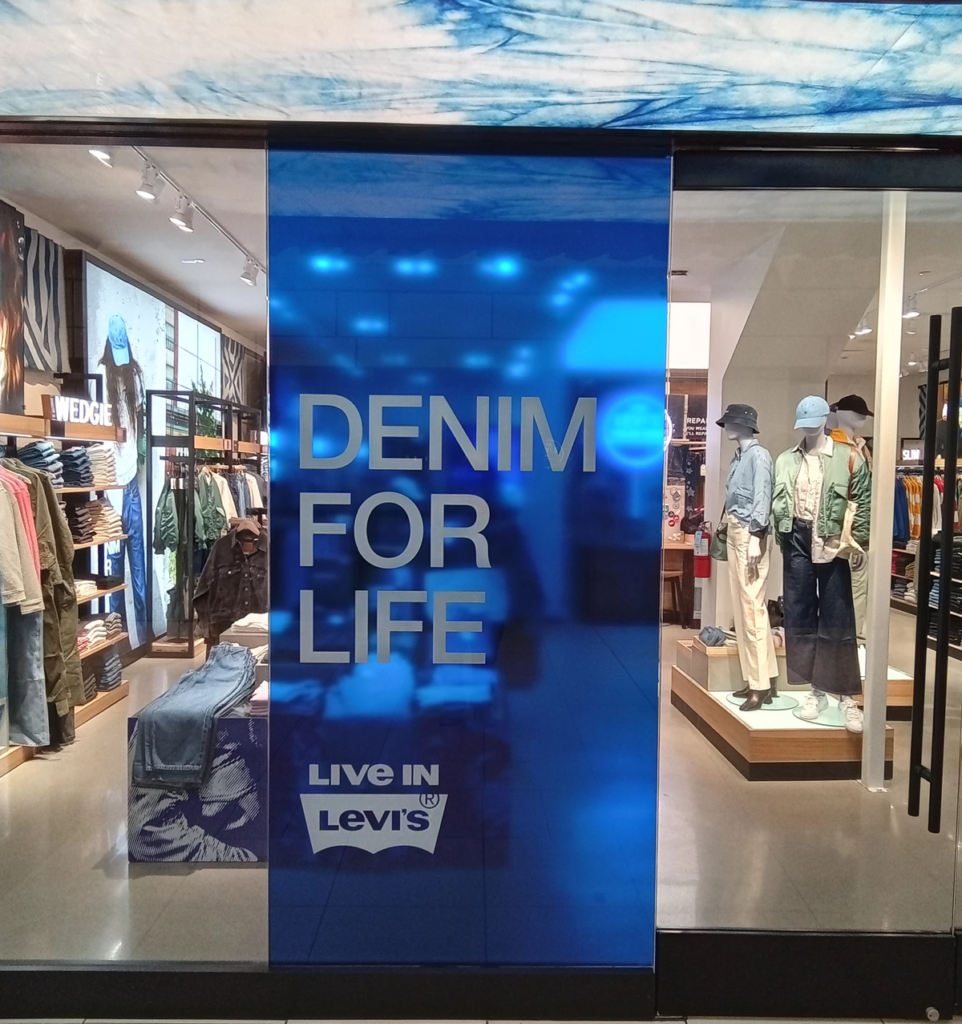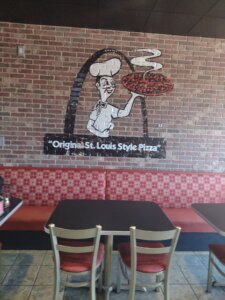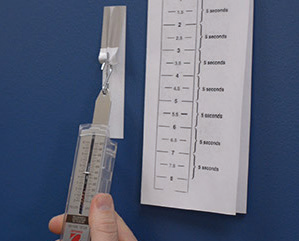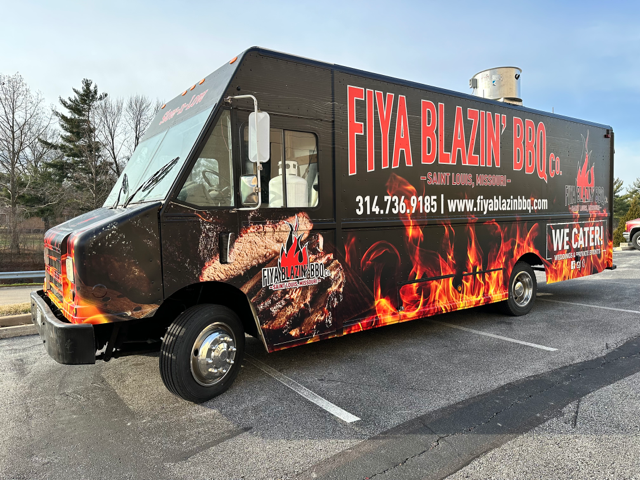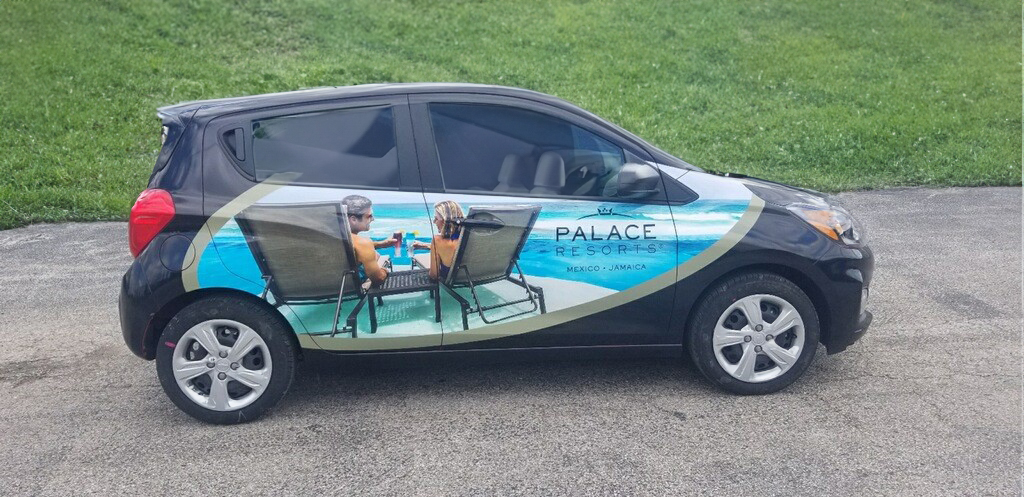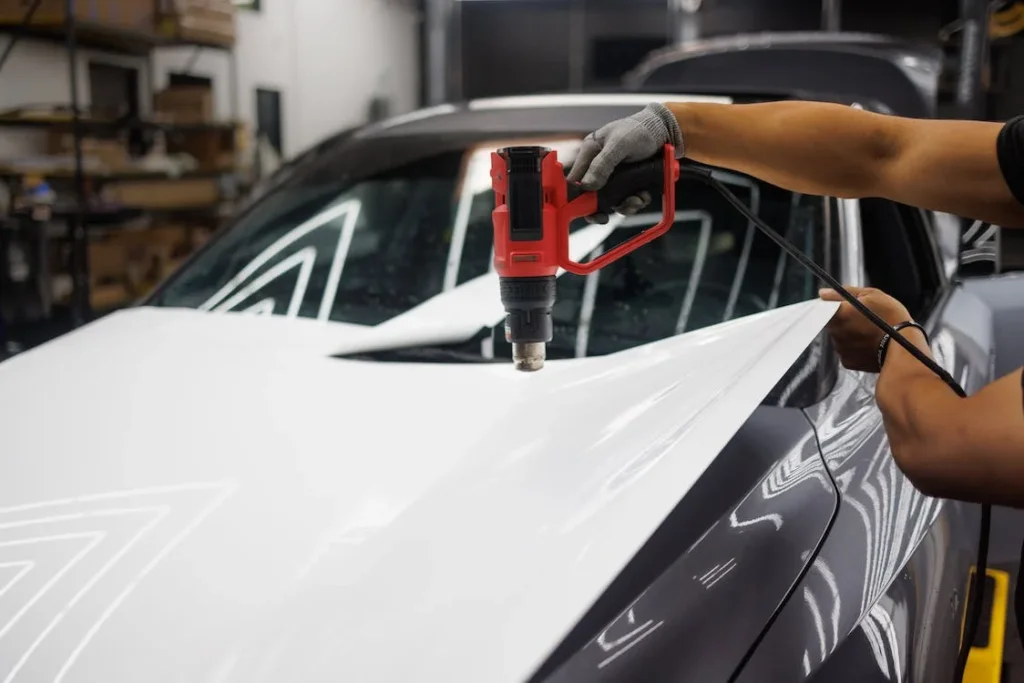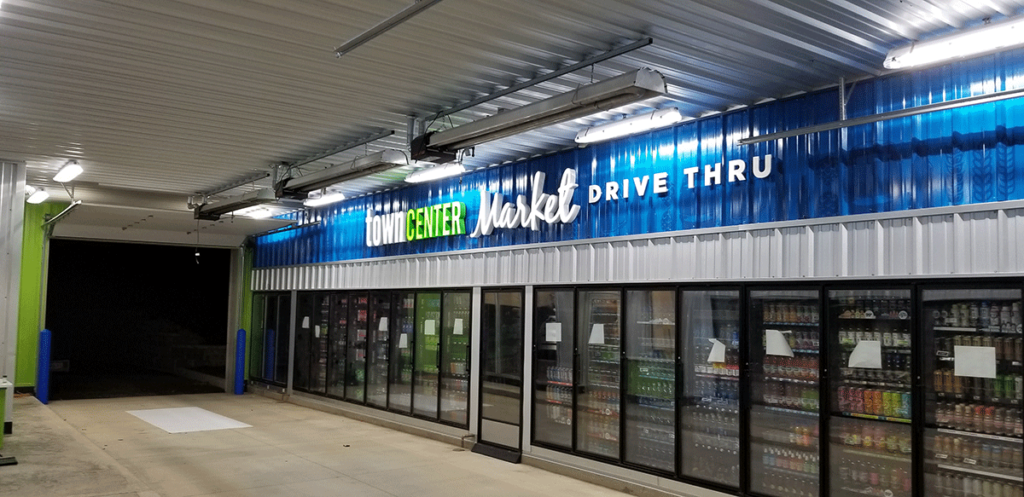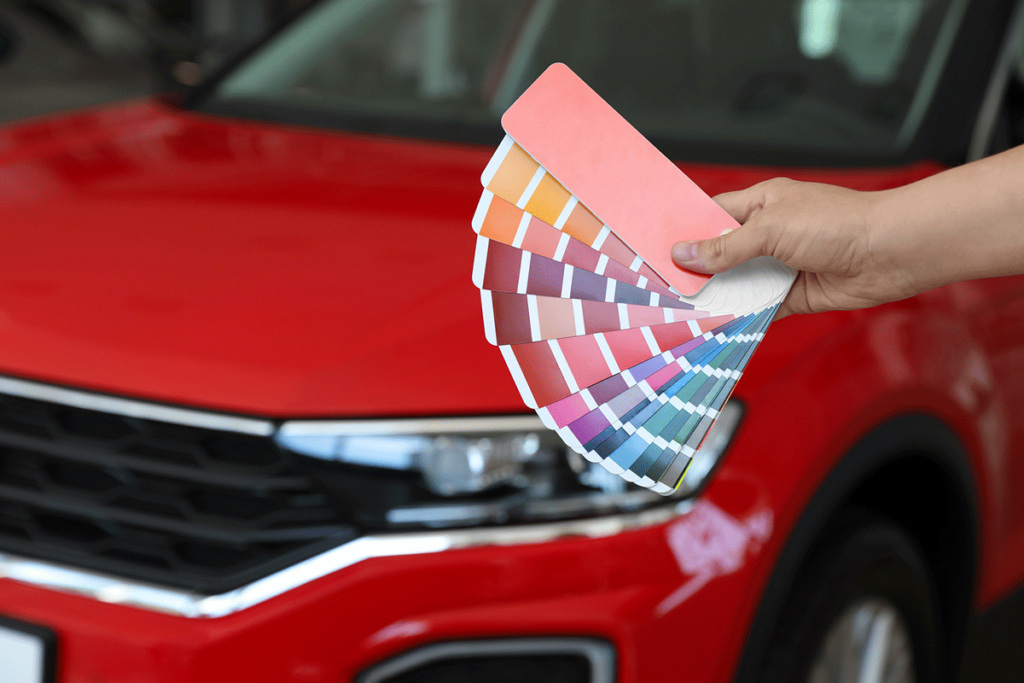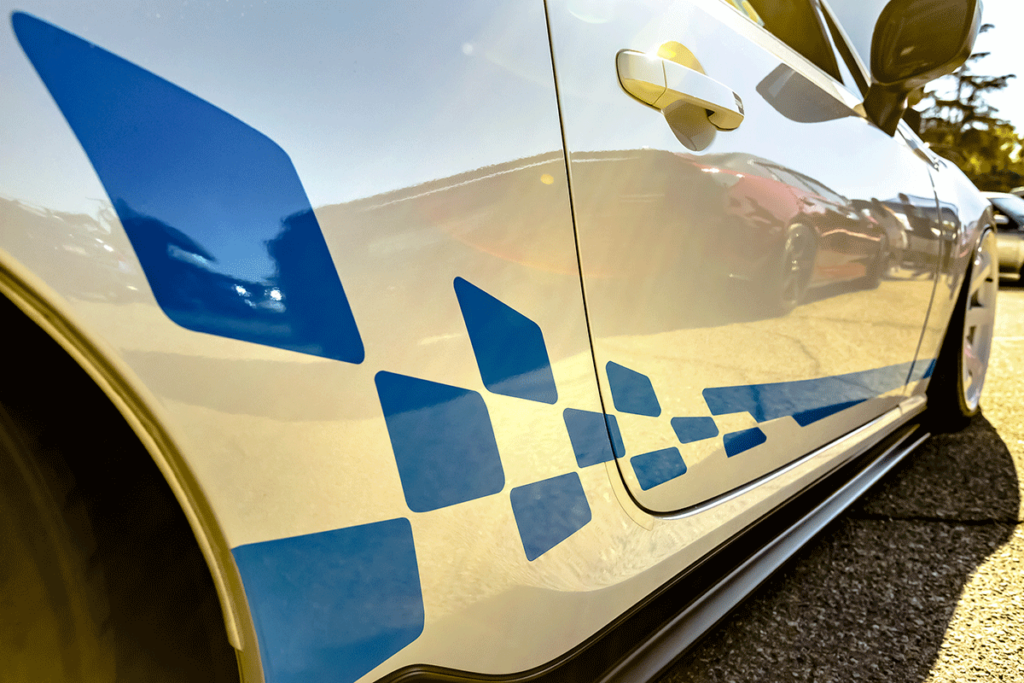When Elon Musk’s polarizing pickup hit the market, Tesla’s new side business might offer a solution for its unconventional appearance.
Tesla aimed to make its stainless-steel Cybertruck stand out by eliminating the need for paint, a challenging task. The only other company to come close was DeLorean, which sold just 9,000 cars before filing for bankruptcy in 1982.
However, when Tesla begins Cybertruck deliveries, it might have found a workaround that DeLorean couldn’t: color wraps. These are decorative films applied to the vehicle’s exterior, a potentially lucrative upsell Tesla has been experimenting with in California. This approach could help soften the truck’s sharp edges, making it more appealing to mainstream buyers.
“It looks a lot more attractive with these wraps on it,” says Jessica Caldwell, head of insights for Edmunds, while viewing images of Cybertruck test vehicles adorned with custom prints. She notes a trend in the auto industry towards boxier, more “masculine” designs, contrasting with the bubble-shaped SUVs that have long been dominant. Caldwell suggests Tesla may have pushed the envelope a bit too far with the Cybertruck.
Starting with seven
Wrapping vehicles in colorful coatings is not new. Wraps can turn a Ferrari into a chrome-plated bullet or a plain work van into a vibrant billboard. While some liken the Cybertruck to a refrigerator on wheels, others see it as a blank canvas.
Tesla quietly started offering in-house wraps for the Model 3 and Model Y in October, possibly as a trial run before Cybertruck deliveries begin. It’s unclear if wraps will be available for the Cybertruck, but Musk mentioned in 2020 that the truck could be wrapped in any color or pattern.
Car wraps come in two types: form-fitted vinyl wraps and color-infused paint protection film (PPF). Vinyl wraps are cheaper, typically costing between $3,000 and $5,000, and offer more customization options. PPF is more durable and protective but almost twice as expensive.
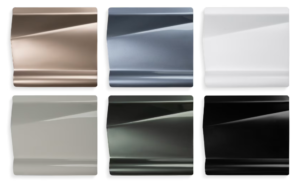
Tesla’s initial selection of wraps for the Model 3 and Model Y consists of high-end film designed to resist grime and self-heal after minor scratches. The company charges $7,500 to $8,000 for these wraps, offering seven subtle colors from “Satin Rose Gold” to “Stealth Black.”
While Tesla has not confirmed customization options, several Cybertrucks have been spotted with detailed patterns and logos that would typically only be possible with vinyl wraps. These include neon Cybertruck logos spray-painted across the doors, Cybertrucks designed to look like a Ford F-150 and a Toyota Tundra, and various unconventional camouflage patterns.
The concept of in-house Cybertruck wraps, or “Cyberwraps,” may have been part of Tesla’s plan from the beginning. When designing the Cybertruck, Tesla was recovering from a challenging production ramp-up for the Model 3, which Musk said nearly bankrupted the company. Many issues stemmed from the paint shop, where automotive paint can be expensive, finicky, and environmentally harmful.
In-house wraps could be highly profitable, as most of the cost is associated with labor rather than materials. The film must be meticulously applied around every headlight, door handle, logo, and trim piece. The Cybertruck’s flat panels could make this process easier.
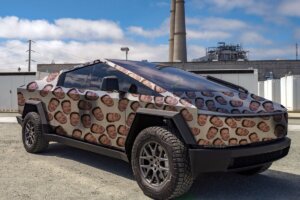
Profit from wraps, along with the $12,000 price tag on Tesla’s FSD driver-assistance features, could help keep the Cybertruck’s base price lower for budget-conscious buyers. To reach its sales target of 250,000 trucks a year, Tesla will need to appeal to multiple segments of the truck market.
Even if Tesla does not offer wraps initially, third-party wrap installers have been preparing for the Cybertruck’s release since 2019. Wrapmate, a vinyl-wrap company based in Colorado, offers to custom wrap a Cybertruck for $4,163, including design assistance, materials, and installation by partner garages across the US.
“For businesses, I think this is a great idea,” says Caldwell from Edmunds. “Obviously, the Cybertruck is very noticeable on the road and will draw attention when you wrap it with your business logo.”
Tesla will likely use its launch event to showcase the Cybertruck’s toughness, with demonstrations of its durability and strength. However, Caldwell suggests that the biggest challenge will be whether customers feel comfortable driving such an attention-grabbing vehicle, especially given Musk’s controversial public persona.
“People wanted to be part of his movement, and it really helped Tesla sell vehicles,” Caldwell says. “Now, they are launching this vehicle when his popularity is very different. People will be a lot less forgiving.”
